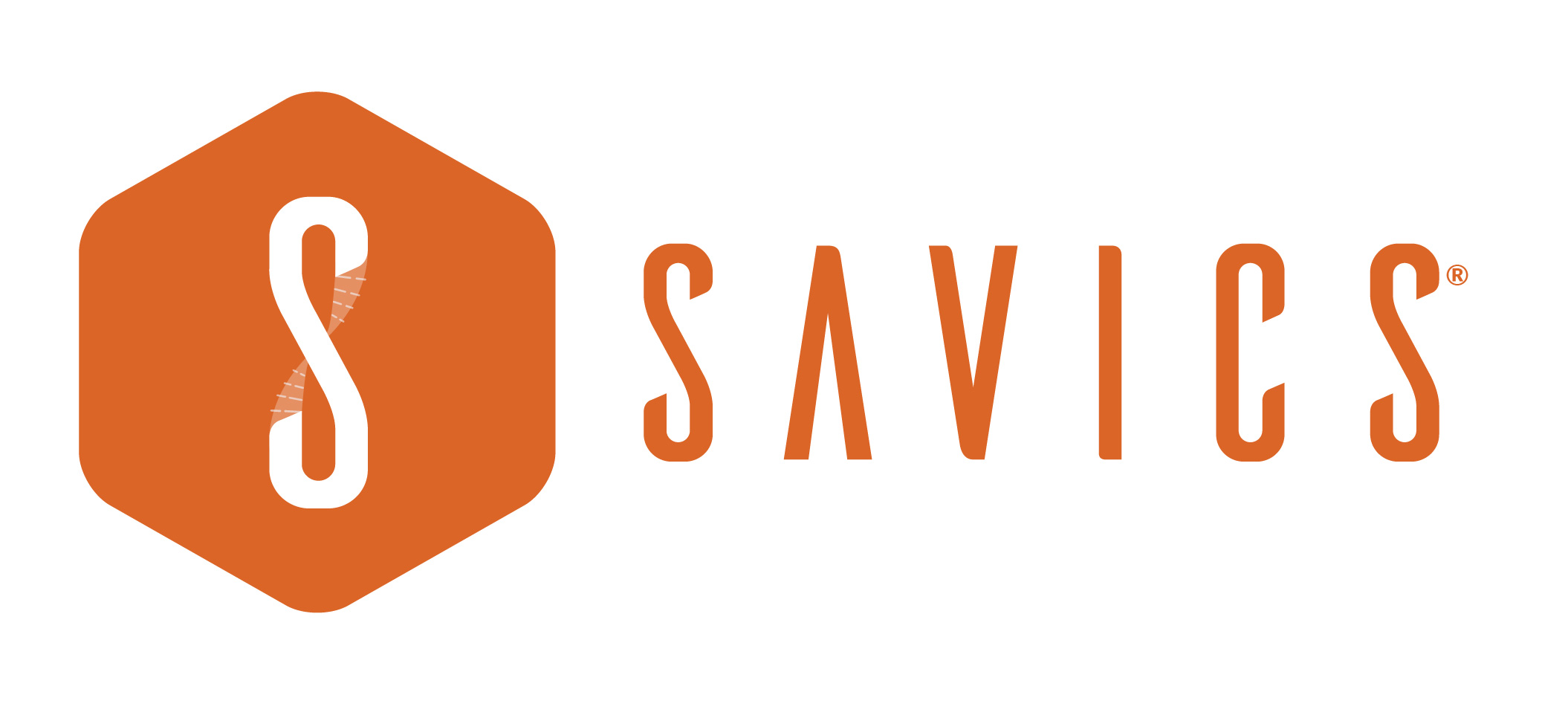Digital health advisory
What we do
We answer your questions by modelling a situation to provide you with the best expected outcome based on the available information. We can also proactively suggest new interventions, processes or guidelines to increase the efficacy of health services in your environment. It all starts with a dialogue.
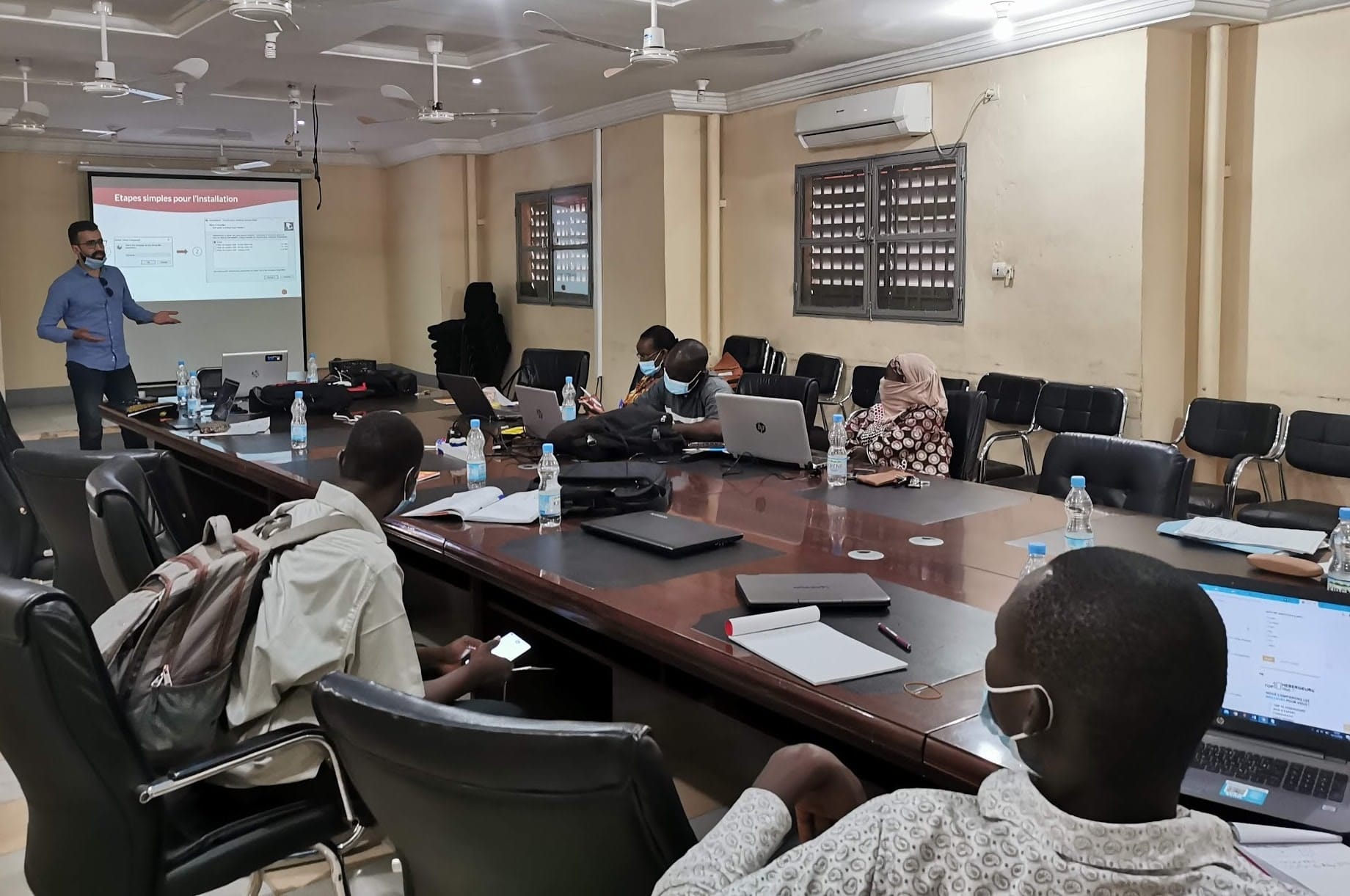
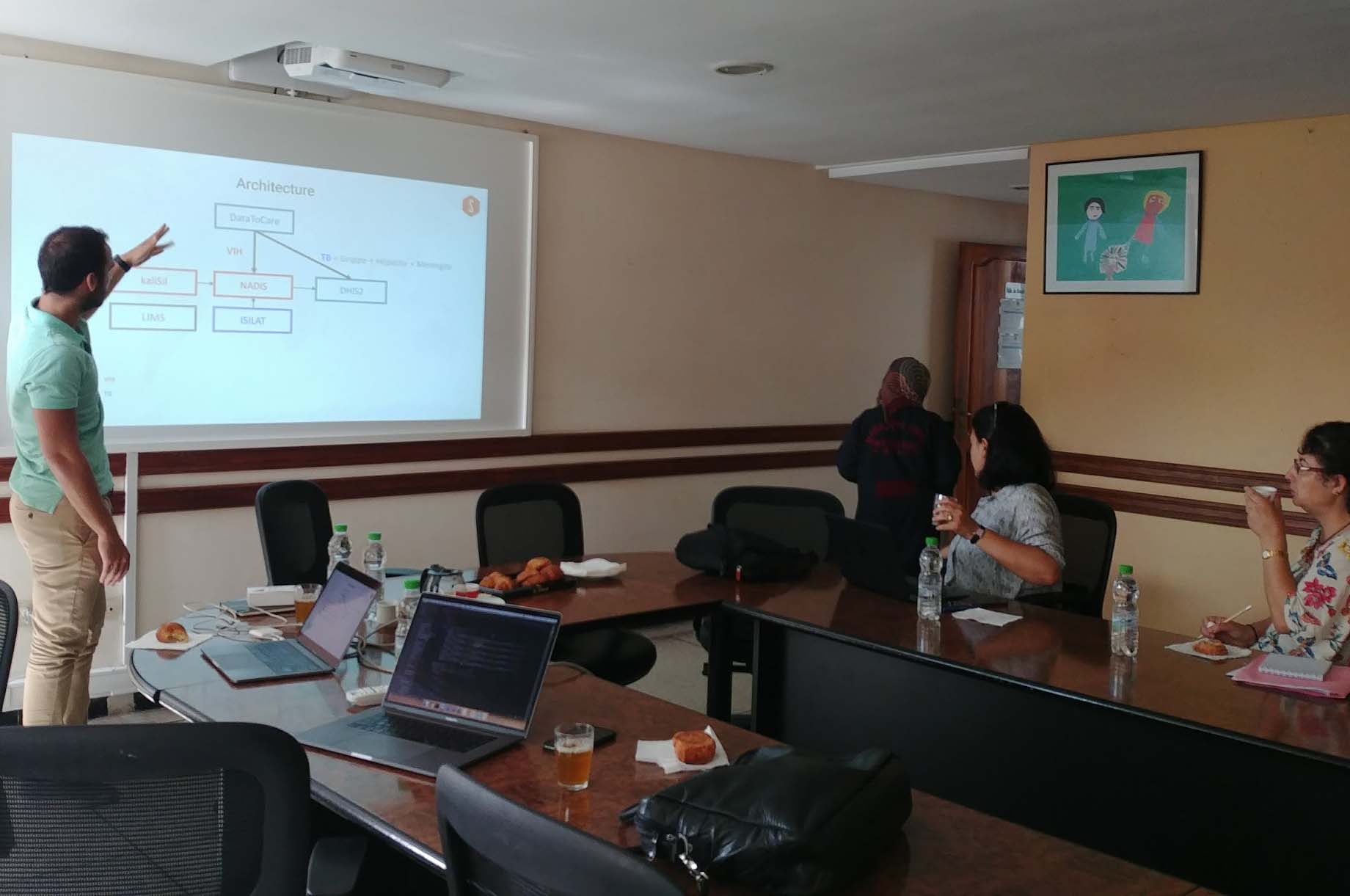
the challenge
We are today living in a world of data. The issue is often twofold: we have either far too much data that is irrelevant to our problem or we lack the data that would allow us to crack the case. From both perspectives, there is a need to focus on capturing the right information and to transform it into appropriate actions to maximize the impact of your efforts and resources.
We are there to help you master your data from a technical or analytical point of view.
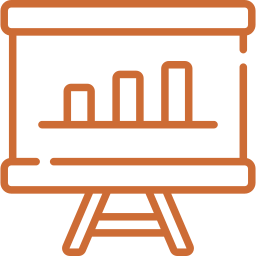
data management
We democratize data by training end users to understand how to read and organise data. We also help you define the data required to manage your own environment. Finally, we support you on discussions such as data governance, monetization and compliance.
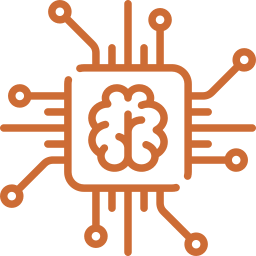
data analytics
We facilitate your daily work by automatically turning raw data into easy-to-read data. We develop automated reports and other routines that facilitate performance management and highlight potential issues to address as well as forecast future needs.
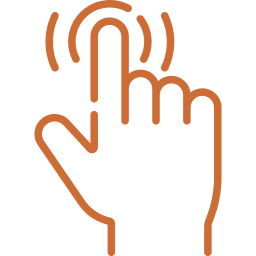
augmented data
We triangulate your data with additional expert information to support effective decision-making.
your benefits
Data-driven decision making
We organise data in order to facilitate routine management
Faster access to external knowledge
We provide you with additional information to help you make sense of your data more quickly
Performance management
We display data to facilitate the tracking of your successes and evolution of pain points.
Improved access to care
We analyse data in order to optimise the use of scarce resources and enhance the skills of health workers
Outcome modelling
We quantify expected outcomes based on past data, careful analysis and predictive modeling
Case studies
Data management: The patient medical record

Read more
During a lifetime, everyone faces many health related events, some more significant than others. Regardless of the event’s severity, it is important to save historical medical records. Due to the quantity of medical records that are stored during a lifetime, there is a need for the physician to be able to quickly glance at the data and grasp the essence of it. Details shall be hidden but accessible in a click while important events must be highlighted.
The patient medical record available in DataToCare offers all these advantages. The Facebook-like timeline offers the physician a visual on the main patient medical records and highlights the required information. If more test results or information is needed, the data is only one click away.
As information is only a click away, it helps the doctor concentrate on his/her anamnese, diagnostic and the possible medication that will be proposed to the patient. All this information will again be integrated into the timeline of the patient medical record once duly entered in the system.
Augmented data: Real-time risk assessment during an active case finding survey
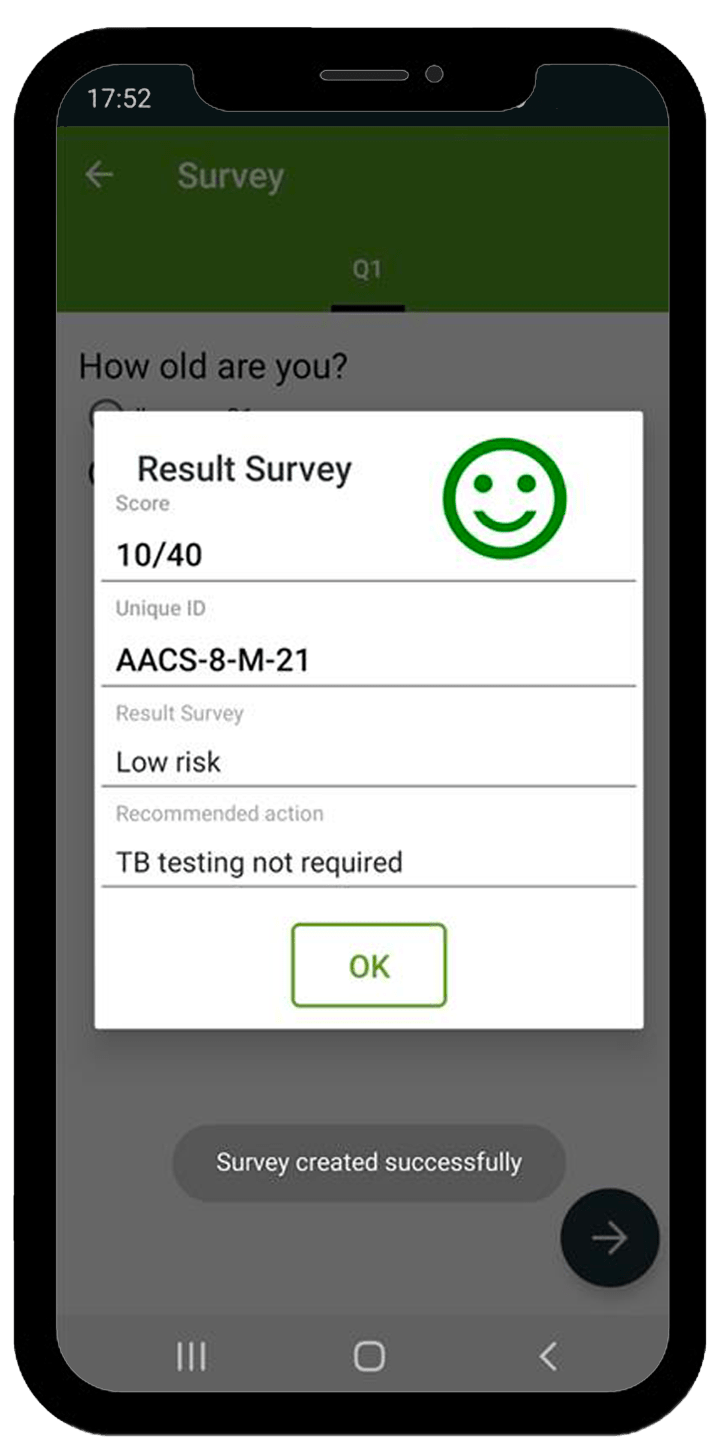
Read more
The beauty of Augmented Health is to provide you with additional adequate information in real time to help you to make a decision or to engage the next step in your work. When Community Health Workers (CHWs) are using MediScout to perform field surveys to search for potentially at risk persons for tuberculosis, they benefit from geolocalized survey results, and on and offline recording functions of the collected information. While all these features are quite common among digital tools used to perform active case finding surveys, MediScout benefits from additional augmented information.
Indeed, when the survey is completed, MediScout processes the information and notifies the CHW about the risk assessment result of the surveyed person. The coloured information tells right away the CHW the action to be taken. If the result is above a given threshold, it is red, and the surveyed person presents a high risk of being sick. The CHW can then communicate the address of the nearest laboratory and could eventually convene the patient to come to the laboratory on a given day and time. If the risk assessment results are low, the green light indicates the community worker that the person is not at risk.
Augmented health helps anyone in the value chain to benefit from saving time and from enhanced decision capabilities.
